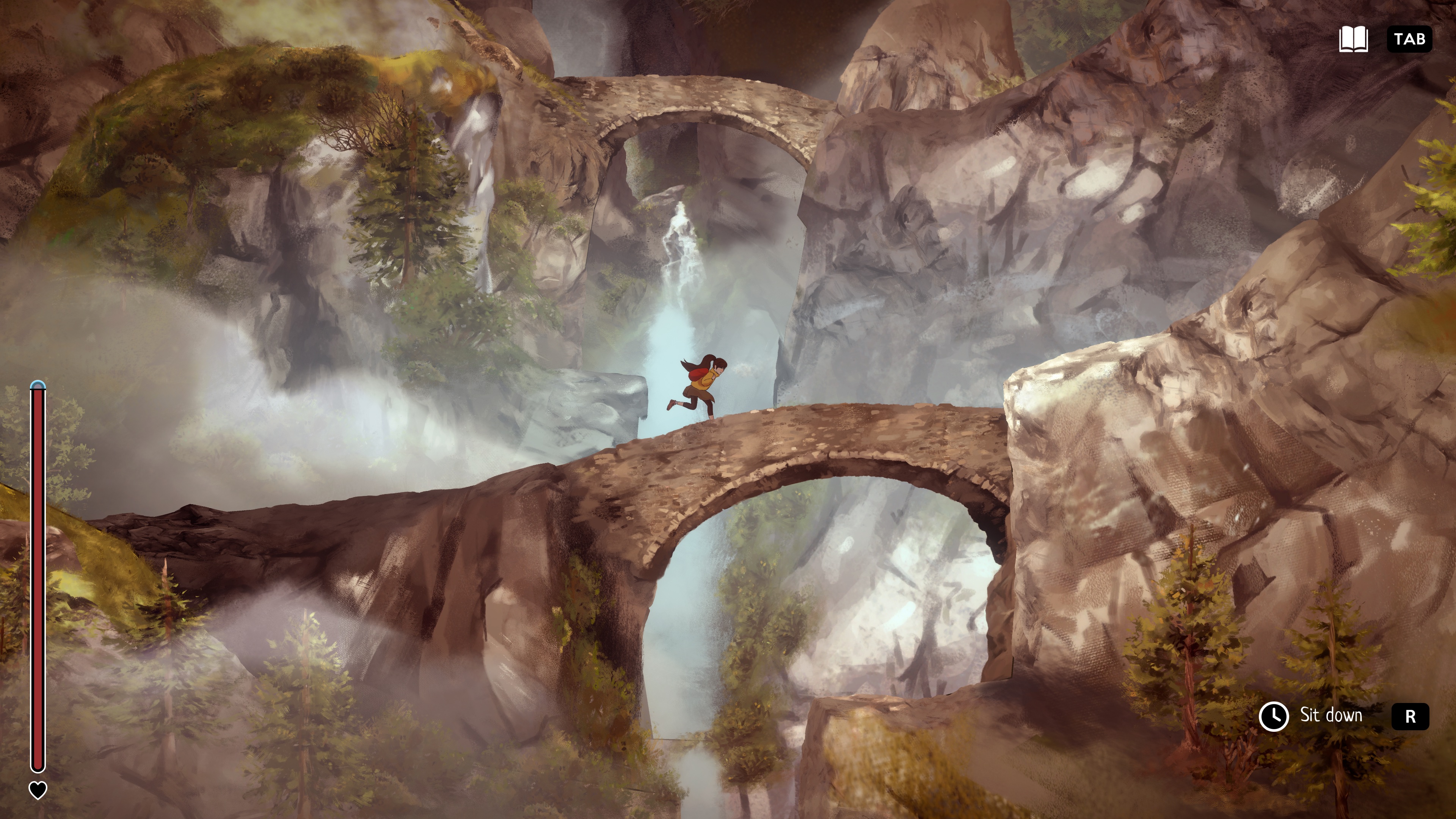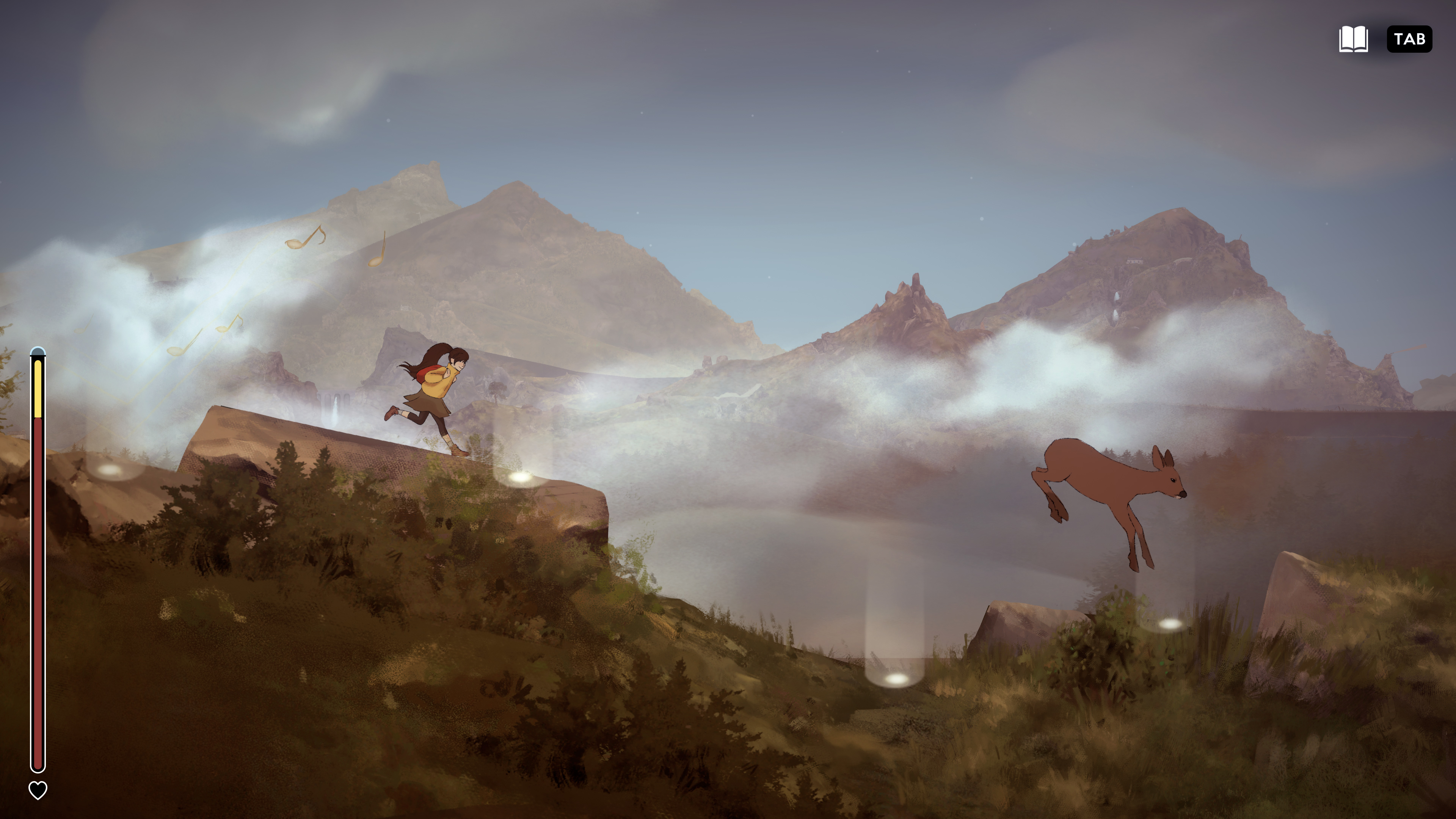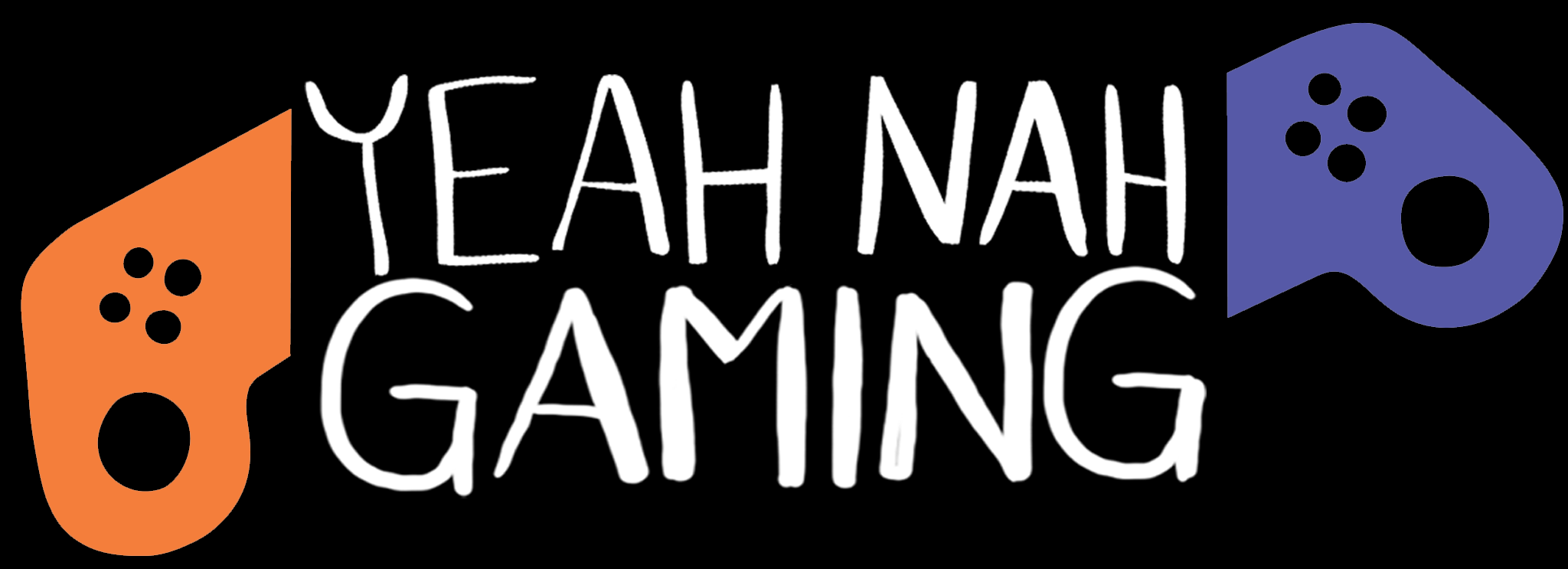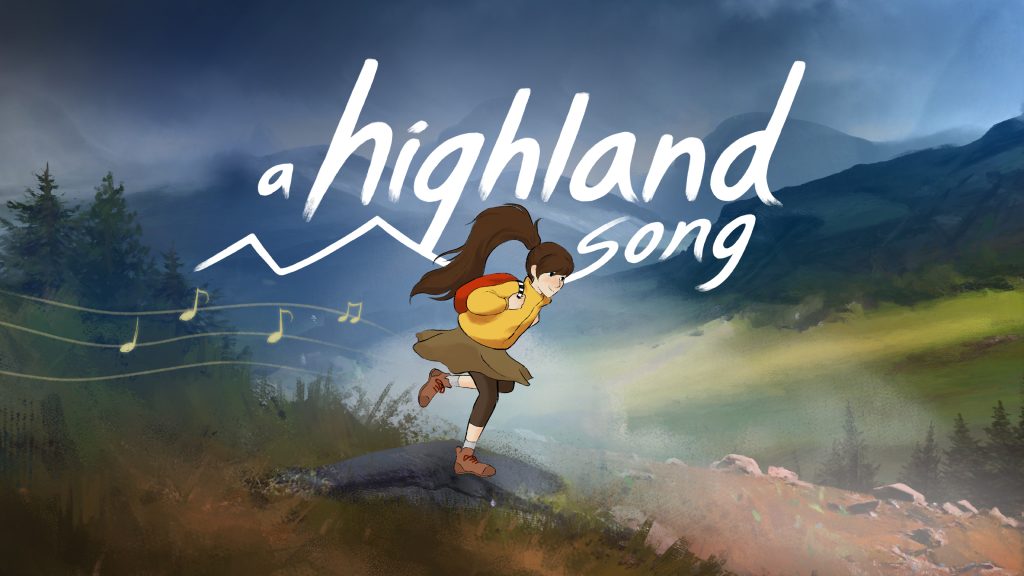On paper, A Highland Song shouldn’t work. Such an unusual amalgam of mechanics—rhythm, survival, item puzzles, rock climbing, branching narrative, a run-based game loop, even a riff on “Ubisoft towers—should be a mess. But few studios are as adept as inkle (80 Days, Heaven’s Vault) at weaving disparate mechanics and masterful storytelling to make magic—and they’ve done it again.
Moira lives in relative isolation in the Scottish highlands. An invitation from her eccentric but beloved uncle to visit the lighthouse where he lives prompts her to set out on a treacherous trek across the peaks. But there’s a catch: old Hamish has something special to show Moira, but she has to get to the lighthouse before Beltane, the festival that marks the beginning of summer—just seven days away. As the old saying goes, though, the journey is as important as the destination, and “these hills are awash with stories, Moira.”
Your trek unfolds through the mash-up of elements outlined above. The rocky terrain, old tunnels, mountain peaks, historic ruins, and Moira’s skill as a climber make climbing a core of the game’s design (it’s a crude comparison, but imagine a more open-ended, less exaggerated Uncharted). With no minimaps or objective markers, figuring out where you’re actually climbing to is an exercise in exploration and puzzle solving. Notes, tourist brochures, and other such collectibles provide clues about the surrounding area, which you can then use to triangulate your position by climbing to the top of the nearest mountain and using the view to find landmarks.
This makes for a very satisfying basic game loop: explore to find clues, climb to the top of every mountain you find, use the clues to figure out where you are and where you want to go next, and repeat. That this is all happening in a multi-layered “2.5D” world adds another layer of intricacy to the navigation: you’re restricted to 2D movement, but you can move back and forth between several different planes that diverge and converge at various points. You might see a cliff face that looks enticingly scalable in the background, far out of reach, but accessible if you can find a place to hop over to that background layer.
But the highlands aren’t just mountains and massifs; open fields, lush forests, and glistening lochs are just as noteworthy. It’s here that A Highland Song turns into a rhythm game. When the topography allows, Moira can start sprinting—at which point the beautiful Scottish folk soundtrack ramps up and rhythm-mapped button prompts appear along the path. These sections aren’t too challenging (don’t worry if you’re not a Dance Dance Revolution pro) but they’re a lot of fun, and they help to build a connection between the land, the music, Moira’s journey, and the player.

There’s a survival aspect, too, though it’s fairly forgiving. Harsh weather and unlucky falls will chip away at Moira’s health, and while you can recover by resting in a sheltered place, that takes time away from your seven-day deadline. You’ll need to find somewhere to sleep each night, and sleeping rough reduces your max health. That, in turn, makes climbing more precarious—it’s easier to risk a big, Hail Mary jump with a full health bar than on the verge of death. And speaking of dying, there’s no permanent death, but the time lost to recovery can still be a hindrance.
The time limit is similarly forgiving. Arriving on or before Beltane is the goal, and the way to see the game’s true ending, but there’s no fail state if you don’t make it in time—just a simpler ending and an encouragement to try again, with the accumulated knowledge of your previous attempts. Subsequent tries will probably go more smoothly, but they’re also a chance to try different paths and uncover more of the highlands’ many secrets. As such, A Highland Song is a run-based game of sorts, where much of the appeal lies in gradually solving its many puzzles and mysteries through multiple playthroughs.
Taken as individual pieces, some of these elements can seem a little undercooked. A less forgiving, more survival-focused mode wouldn’t go amiss, and nor would the option of trickier patterns for the rhythm sections. There are some adventure game-style item puzzles, but they’re a light touch, in part due to the simplicity of the inventory management system. The exploration focus works well when playing in one sitting, but it’s easy to get lost if you have to take a break and come back.

But this is a game that’s much more than the sum of its parts, and all those seemingly disparate pieces come together through a common, unifying thread: the stories that A Highland Song sets out to tell. Moira’s own tale is an intriguing one, both universally relatable—the search for identity and belonging in a world that can feel alien even when you’ve lived there your whole life—and intimately tied to the history and folklore of the highlands. Moira’s background and personality unfold as you explore, largely in response to the things and people you encounter along the way, so different paths show different sides of her character.
The clues that guide your journey, people you meet along the way, and the land itself all have their own tales to share. The ruins of old castles and fortifications tell of the wars of Scottish independence and Jacobite uprising—little anecdotes that barely scratch the surface of the region’s storied history, but make every rock and tower feel significant all the same. These aren’t just some old mountains you’re climbing. Statues, tourist flyers, scrawled notes, and traveller’s tales offer glimpses into local culture, folklore, and history, making the hills feel rich and alive.

A Highland Song‘s most impressive achievement of how seamlessly everything above fits together. The overarching story of Moira and Hamish, the countless other tales, and the design of the game all feed each other, providing context and meaning. This isn’t a game with “story bits” and “gameplay bits”; they’re all one and the same: an ode to the highlands, felt through every facet of the game. A Highland Song indeed.
The aptly-named A Highland Song is the latest example of inkle's unmatched ability to seamlessly weave game mechanics and storytelling. Exploration, multi-threaded narrative, climbing-based platforming, survival, rhythm game all combine through a common thread: to sing a beautiful ode to the Scottish highlands.


1 Comment
Pingback: Yeah Nah Gaming - Christmas Gift Guide - Yeah Nah Gaming